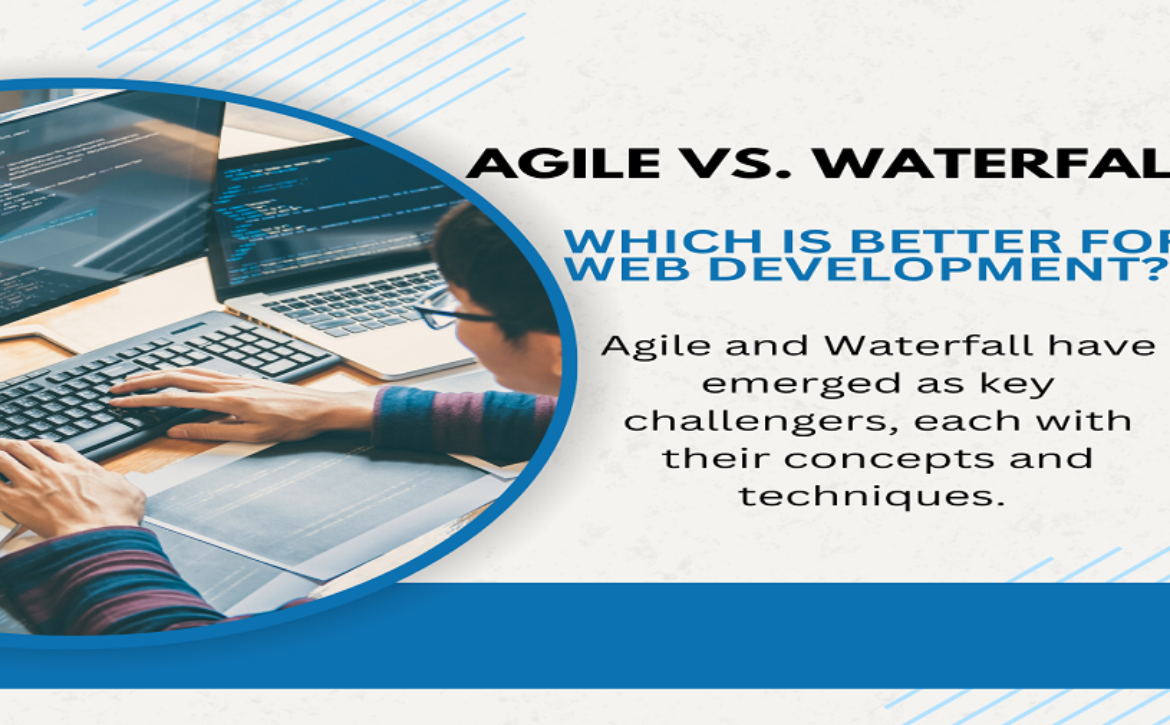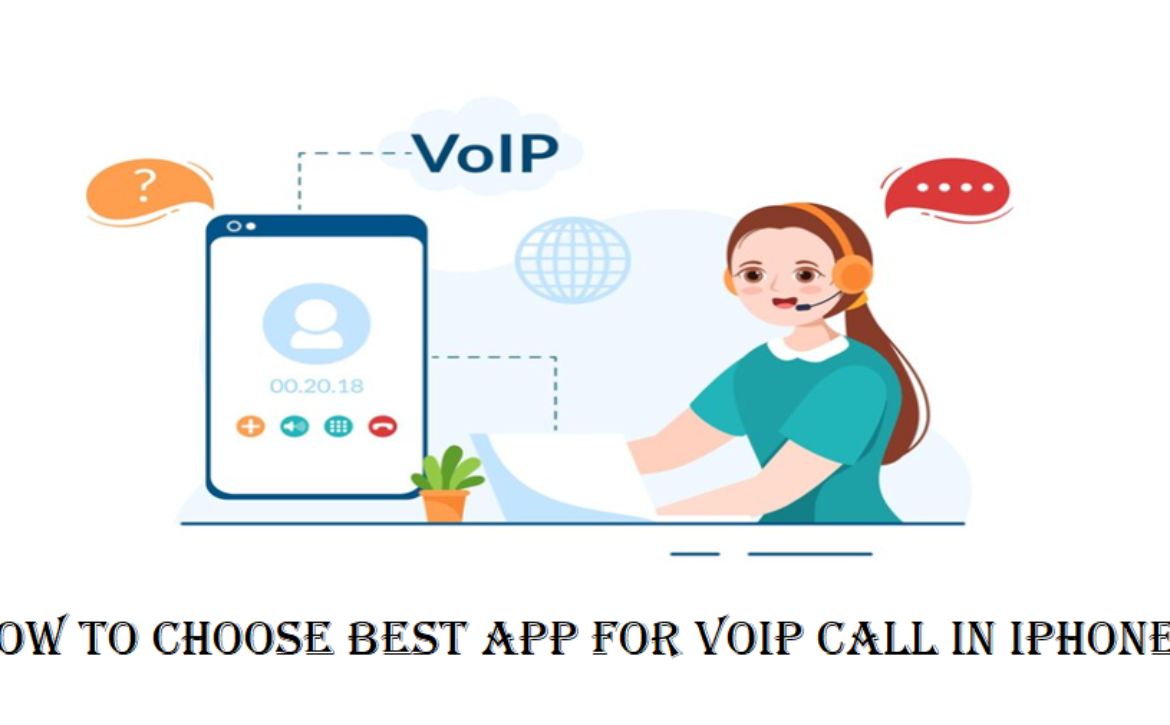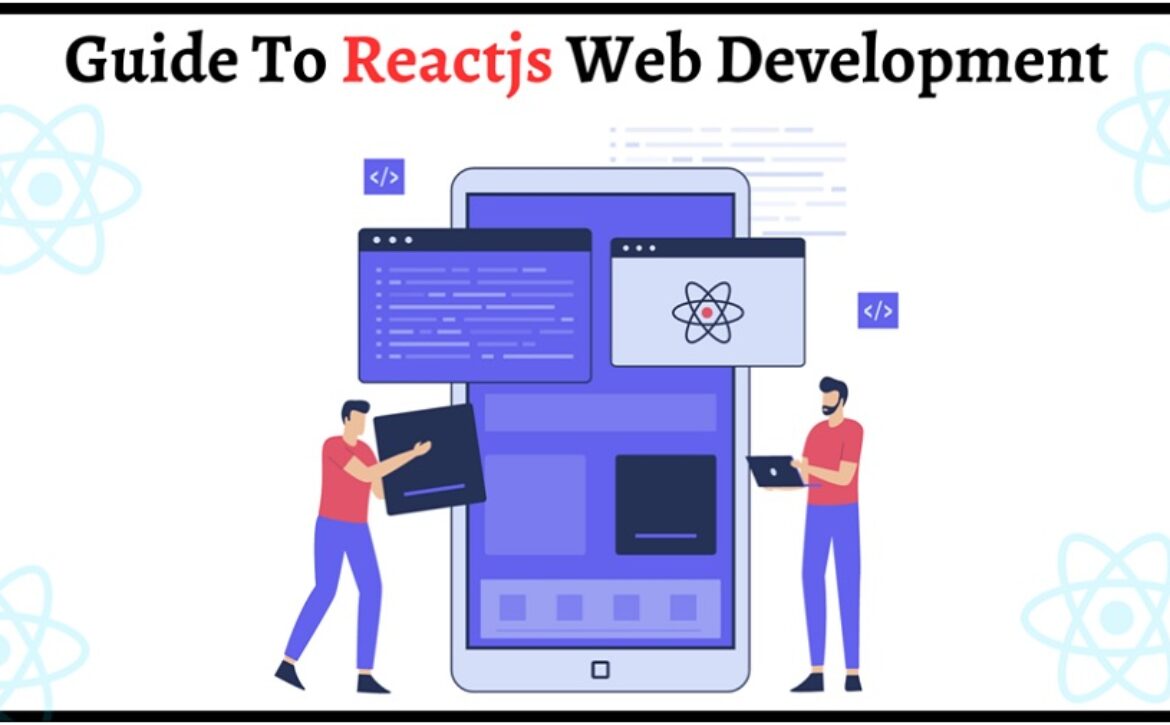Optimizing WordPress Website Performance: A Technical Guide
In the ever-evolving landscape of the digital world, a website’s performance is essential to its success. Users now expect swift loading times and seamless navigation, and search engines reward such fast-performing sites with higher rankings. Hence, the WordPress website development company utilizes several strategies to optimize the website’s performance. This comprehensive technical guide will delve into the intricacies of optimizing your WordPress website to ensure it operates efficiently.
Understanding WordPress
————————————–
Launched in 2003, WordPress has evolved from a simple blogging tool into a powerhouse that powers over 40% of all websites. This article delves into the essence of WordPress, exploring its key features, functionalities, and the reasons behind its widespread adoption.
The platform’s dashboard is designed for ease of use, allowing developers of the WordPress website development company to create, edit, and publish content with minimal effort. Its simplicity has been a driving force in democratizing web publishing, enabling individuals without extensive technical knowledge to establish a compelling online presence.
Key Features of WordPress
————————————–
Themes for Design Flexibility
WordPress offers a vast array of themes, allowing users to customize the look and feel of their websites effortlessly. Whether you’re a blogger, a small business owner, or a large enterprise, there’s a theme to suit your needs. The development company can install and utilize any custom theme aligning with your brand.
Extensive Plugin Ecosystem
Plugins are the building blocks that extend WordPress’s functionality. With thousands of plugins available, users can add features and functionalities to their websites with a few clicks. Whether it’s SEO optimization, eCommerce capabilities, social media integration, or security enhancements, the extensive plugin ecosystem empowers users to tailor their websites to specific requirements. The development company offers WordPress website development services that will integrate required plugins into your website to enhance its functionality.
Robust Content Management System
Initially recognized as a blogging platform, WordPress has evolved into a full-fledged content management system. It excels at organizing and managing various types of content, from blog posts and pages to multimedia elements. The platform’s hierarchical structure, including categories and tags, simplifies content organization, making it easy for users to navigate and locate information.
Continuous Updates and Security
WordPress’s commitment to security is evident through regular updates that address vulnerabilities and enhance overall performance. Users can rest assured that they are working with a platform that prioritizes their website’s security, and additional security measures, such as SSL integration and user authentication, can be easily implemented. The WordPress website development company will incorporate regular updates into your website to maintain it performance and enhance its security.
Note- WordPress has redefined web development by offering a powerful yet accessible platform for creating and managing websites
Key Steps to Optimize WordPress Website Performance
————————————–
1. Choose a Lightweight Theme
Selecting the right theme is the foundation of a high-performance WordPress site. Opt for a lightweight, responsive theme that aligns with your website’s purpose. Themes with excessive features, unnecessary scripts, and complex designs can significantly slow down your site. Consider themes built with performance in mind, or use frameworks like Genesis or Astra for a solid and speedy foundation.
2. Implement Caching Mechanisms
Caching is a game-changer for WordPress performance. By storing static copies of your site’s pages, caching reduces server load and accelerates page loading times. Use plugins like W3 Total Cache or WP Super Cache to implement browser, page, and object caching. These plugins can dramatically enhance your site’s responsiveness by serving pre-loaded content to users, reducing server requests. The WordPress website development company will implement a caching mechanism to streamline the website’s loading time.
3. Optimize Images
Images are often the largest contributors to page size, affecting loading times. It’s important to optimize the images before uploading them to the WordPress library. Tools like TinyPNG or ImageOptim can compress images without compromising quality. Additionally, use lazy loading to defer the loading of images until they become visible on the user’s screen, reducing initial page load times.
4. Minify CSS, JavaScript, and HTML
Minification involves removing unnecessary characters from code, such as whitespace and comments, to reduce file sizes. Utilize plugins like Autoptimize to automatically minify and concatenate your CSS, JavaScript, and HTML files. Smaller file sizes mean faster visitor loading times, especially on slower internet connections or mobile devices.
5. Optimize Database Performance
WordPress relies on a database to store content, settings, and other crucial information. Regularly optimize your database by removing unnecessary data, such as post revisions, spam comments, and transients. Plugins like WP-Optimize can automate this process, ensuring your database remains lean and efficient.
6. Utilize a Content Delivery Network (CDN)
A Content Delivery Network distributes your website’s static files (images, stylesheets, scripts) across multiple servers worldwide. This reduces the physical distance between the server and the user, resulting in faster loading times. Popular CDN services like Cloudflare or StackPath seamlessly integrate with WordPress and offer a global network of servers to deliver content swiftly to your audience.
7. Leverage Browser Caching
Enable browser caching to instruct visitors’ browsers to store static files locally, reducing the need to re-download resources on subsequent visits. Configure your server or use caching plugins to set appropriate expiration dates for different types of content. This strategy minimizes server requests, improving load times for returning visitors.
8. Optimize Server Performance
Choose a reliable hosting provider that specializes in WordPress hosting. Ensure your server is adequately configured to handle your website’s traffic. Consider upgrading to a Virtual Private Server (VPS) or a dedicated server for increased performance, especially if you anticipate high traffic volumes.
9. Disable Unnecessary Plugins and Features
Each installed plugin adds overhead to your WordPress site. Regularly review your plugin list and deactivate or uninstall any plugins that are not essential. Additionally, disable any features or settings in plugins that you don’t use. This not only improves performance but also enhances security by reducing potential vulnerabilities.
10. Regularly Monitor and Audit Performance
Performance optimization is an ongoing process. Regularly monitor your website’s performance using tools like Google PageSpeed Insights or GTmetrix. Conduct performance audits to identify areas for improvement and implement changes accordingly. Stay abreast of the latest developments in web performance optimization to keep your WordPress site at the forefront of speed and efficiency.
Top 5 WordPress Website Development Companies
————————————–
To optimize the website performance, you must hire a professional development company.
1. Successive Digital
With years of experience in app development and digital transformation, Successive Digital is a top player in the IT industry. They provide many services, including eCommerce mobile and web development, mobility, cloud and AI, and WordPress website development services. Successive Digital’s holistic approach ensures that clients receive end-to-end services, from concept to execution, focusing on driving tangible results and fostering long-term partnerships. They have an experienced team of 800+ professionals (developers, designers, and project managers) who handle each project carefully and deliver them with the highest quality. They have been named one of the proficient development partners due to their remarkable performance and professionalism.
2. XWP
XWP is a renowned WordPress development agency that stands out for its commitment to quality and innovation. With a team of skilled developers, designers, and strategists, XWP has successfully delivered high-profile projects for clients ranging from Fortune 500 companies to startups. Known for their expertise in custom WordPress development and performance optimization, XWP ensures that every website they build is visually stunning and optimized for speed and functionality.
3. WebDevStudios
WebDevStudios is a leading WordPress development company with a proven track record of delivering top-notch solutions. Their team of experts specializes in creating custom WordPress themes and plugins, providing clients with tailored solutions that align with their unique business requirements. With a client-centric approach, WebDevStudios has earned a reputation for delivering projects on time and within budget, making them a trusted partner for businesses looking to establish a strong online presence.
4. Cyber-Duck
Cyber-Duck is a digital agency with a strong focus on WordPress development. What sets them apart is their emphasis on user experience (UX) design and digital transformation. By combining technical expertise with a user-centered design approach, Cyber-Duck creates WordPress websites that look appealing and provide a seamless and intuitive user experience. Their commitment to innovation and emerging technologies makes them a go-to choice for businesses looking to stay ahead in the digital landscape.
5. DockYard
DockYard is a digital product agency that excels in WordPress development, among other services. With a team of skilled engineers and designers, DockYard is known for creating custom WordPress solutions that meet the unique needs of their clients. From responsive design to e-commerce integration, DockYard’s expertise spans a wide range of WordPress development aspects, making it a versatile and reliable partner for businesses of all sizes.
Conclusion
By implementing these technical optimizations, you’ll enhance the user experience on your WordPress website and improve its search engine rankings. Remember, a faster website attracts more users and helps improve your online presence. You can transform your WordPress site into a lightning-fast, user-friendly platform by choosing the right hosting, streamlining your theme, optimizing images, implementing caching database optimization, and adopting minification strategies. Additionally, partner with a reliable WordPress website development company to build a dynamic website with this CMS. Scan the portfolio of the top five companies mentioned above, and then hire the one that best suits your budget and timeline. This will ensure your website is ready to go live as soon as possible while you focus on its promotional activities.











